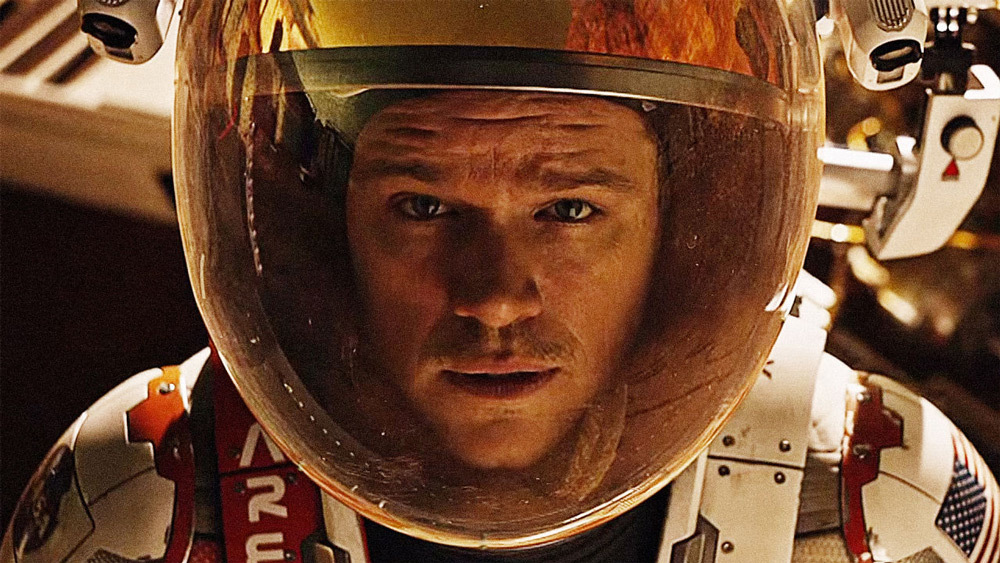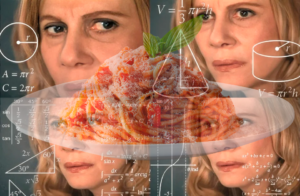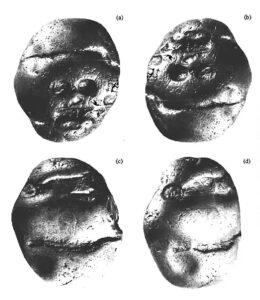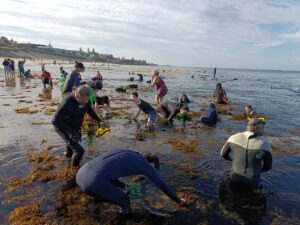If you were packing for a week-long space holiday, you could bring enough freeze-dried food to last the trip.
But if humans are going to colonise Mars, we’ll need to find a way to produce enough food for years – along with everything else the crew members need.
It’s a problem NASA space architect Larry Toups is facing, whose job it is to fit everything required to keep people safe, productive and happy for years within the confines of a spacecraft.
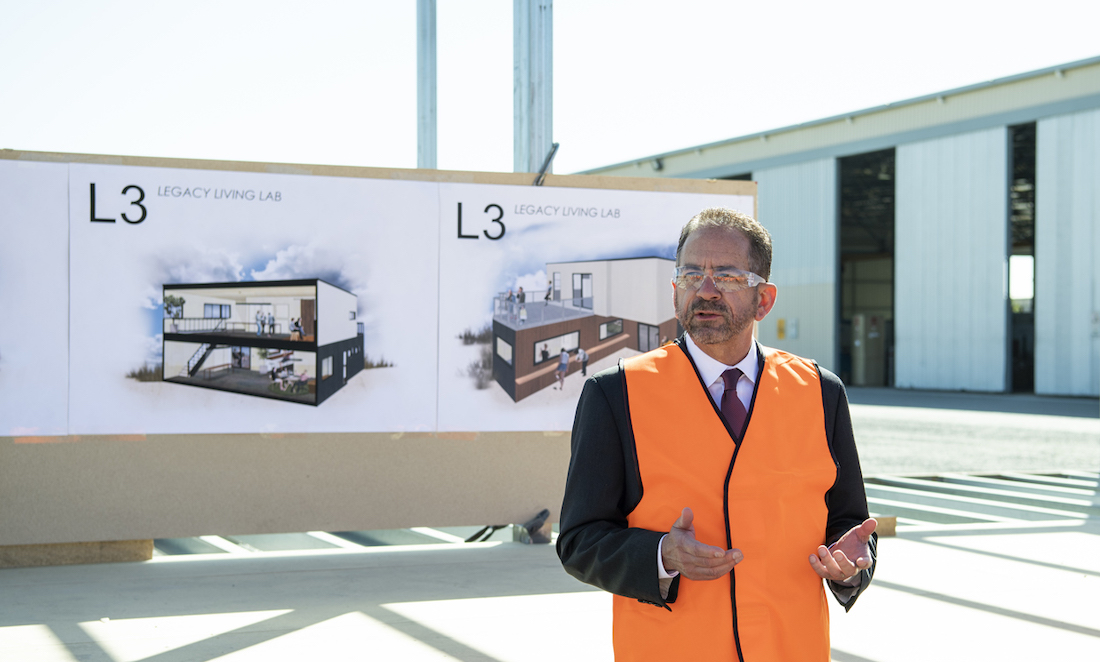
The space architect
Larry is based at the Johnson Space Center in Houston and says his job is about taking the notion of what a traditional architect might do and applying it to a new environment.
“It focuses a lot of times on the human as being at the centre of the design,” he says.
Larry says space exploration is still in its infancy, with less than 100 years of space travel.
“As we evolve, the missions will involve more sustainability for the habitats that the crew members will live in, because you’re going to be leaving Earth,” he says.
“We have right now the International Space Station – over time, we’ll extend that reach out.”
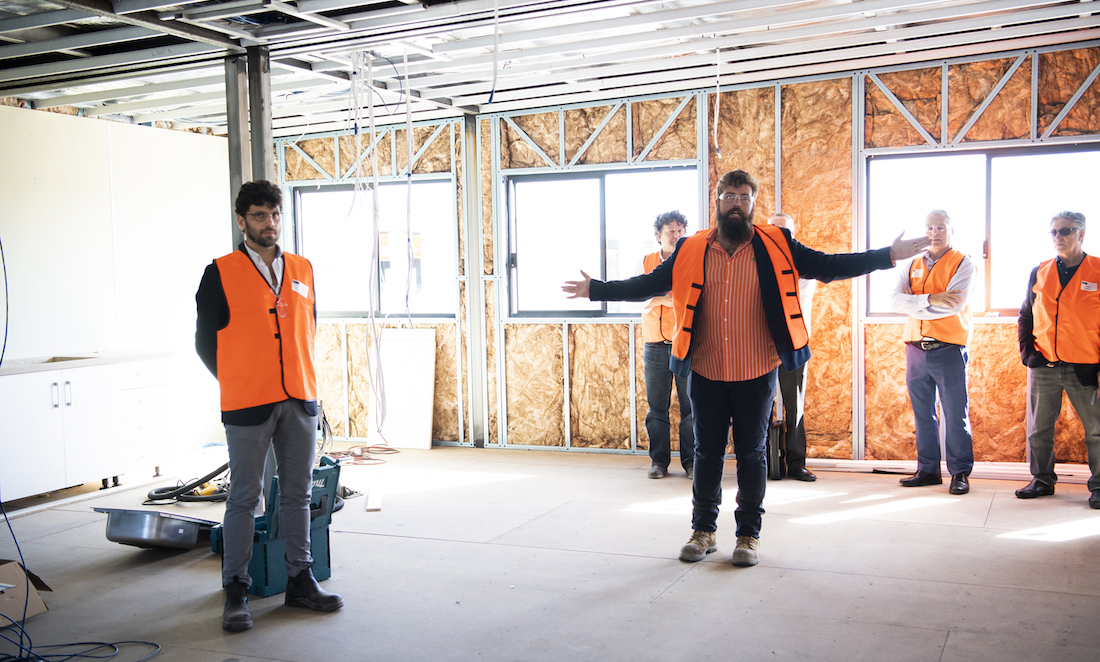
Sustainable habitats at home
Two people keen to demonstrate how we can live better on Earth are Curtin University PhD students Timothy O’Grady and Roberto Minunno.
The pair teamed up to create the Legacy Living Lab, a modular building where university researchers, startups and industry can work together on projects to make our homes smarter and more sustainable.
Tim, a former plumber and project manager, believes we need to change the way we build in Australia.
“Especially in Perth, because it’s predominately double brick buildings over here, nothing’s transportable,” he says.
“The average life expectancy of a building in WA is 24 years.”
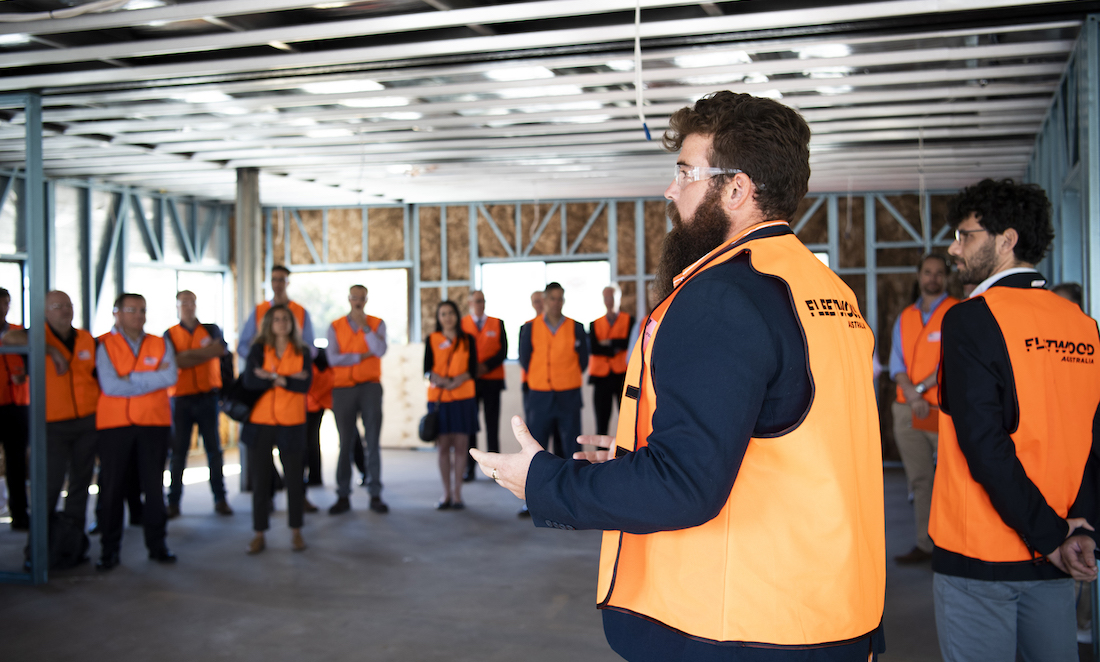
Around and around again
Roberto, a structural engineer, says the Legacy Living Lab is based on the concept of a circular economy.
“It’s about the reduction of materials, the expansion of life cycles and reusability,” he says.
In a circular economy, resources are kept in use for as long as possible, then recovered and regenerated at the end of their life.
It’s an alternative to a traditional linear economy in which we make, use and then dispose of goods.
And it’s very much in tune with the need to be self-sufficient in space.
Larry says the International Space Station, which has been in orbit for more than 20 years, is NASA’s living laboratory.
“As you remove yourself from Earth, you become what we refer to sometimes as Earth-independent,” Larry says.
“The life support systems … have to be almost totally closed because you’re on a spaceship.”
Tim and Roberto’s Legacy Living Lab is due to go on display in Fremantle later this year.



